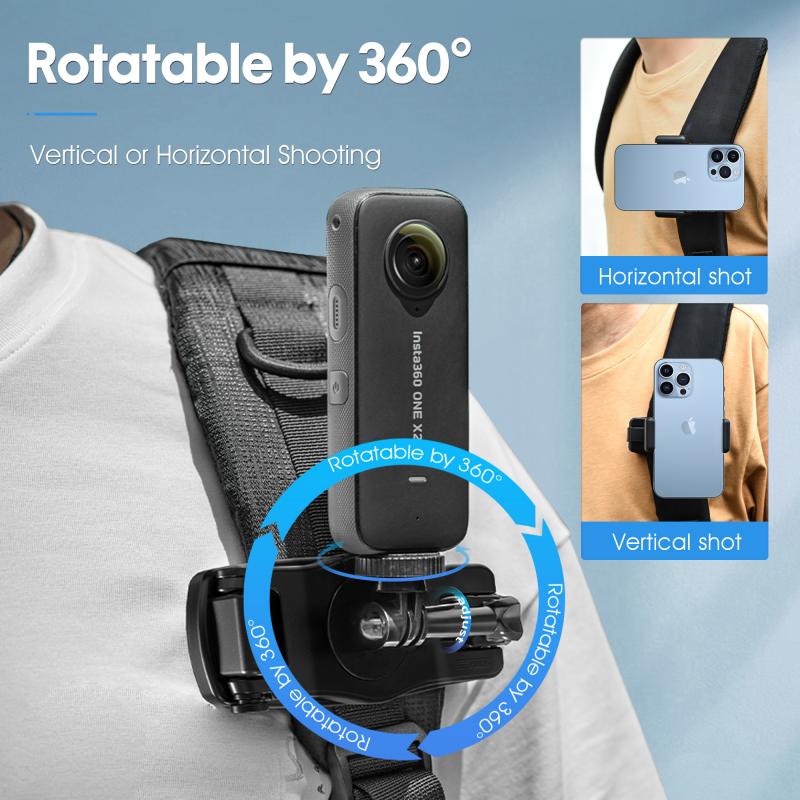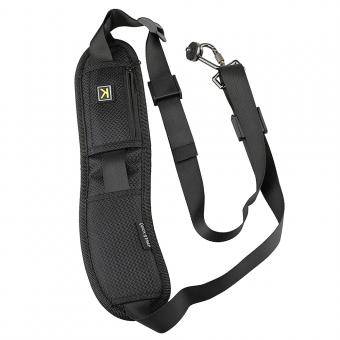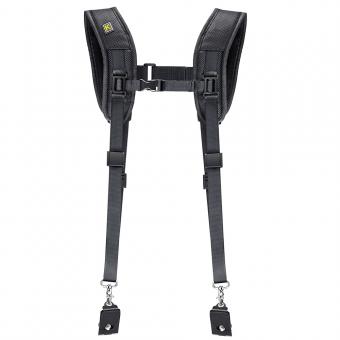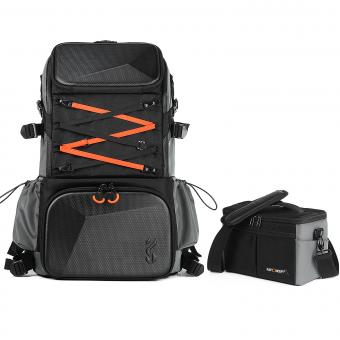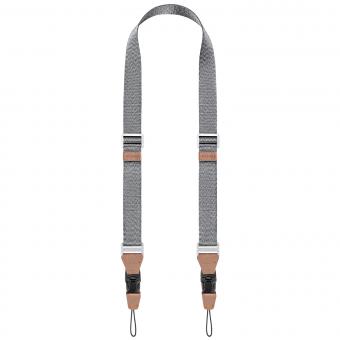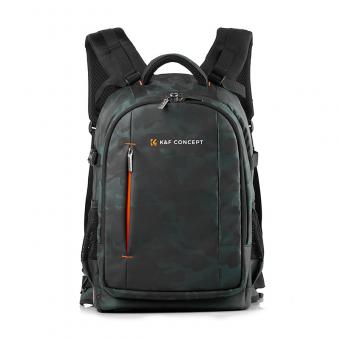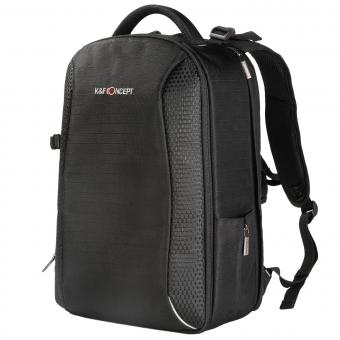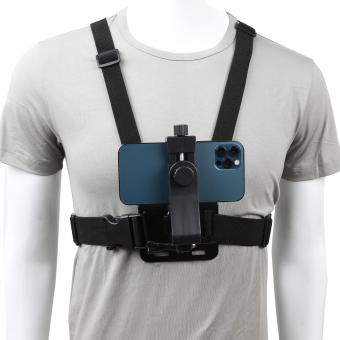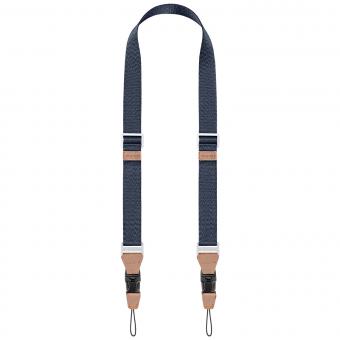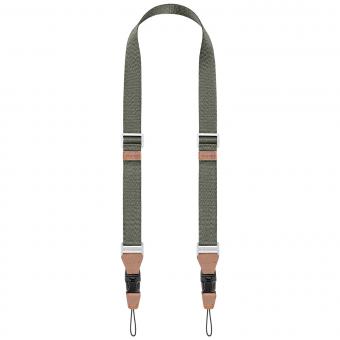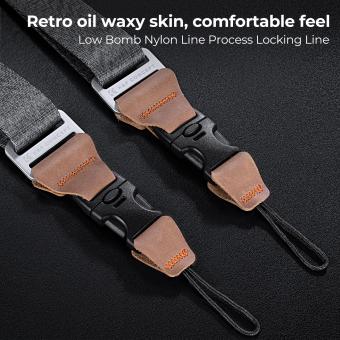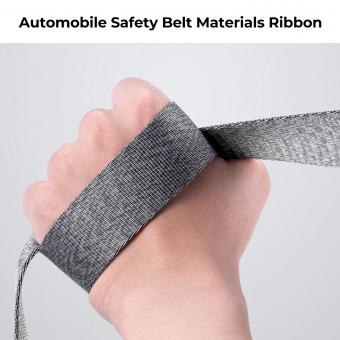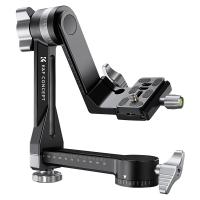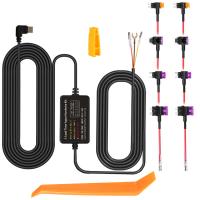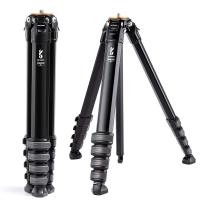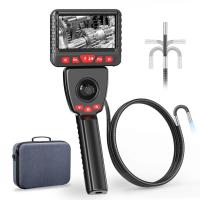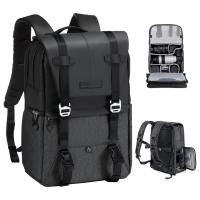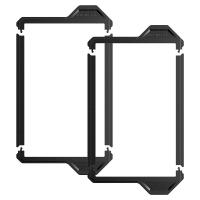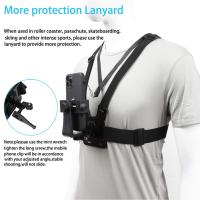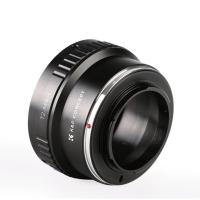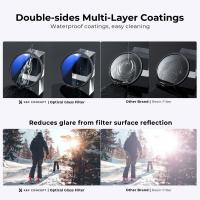How To Wear Camera Strap ?
To wear a camera strap, first, attach one end of the strap to the camera using the provided connectors or loops. Then, adjust the length of the strap to your desired position by sliding the adjuster buckle. Once you have adjusted the length, place the strap over your head and position it diagonally across your body, with the camera resting on your hip or chest. Make sure the strap is securely fastened and comfortable to wear.
1、 Neck strap: Worn around the neck for easy access.
How to wear a camera strap has evolved over the years, with different options and styles available to suit individual preferences and shooting styles. One of the most common ways to wear a camera strap is the neck strap, which is worn around the neck for easy access.
To wear a neck strap, simply attach one end of the strap to the camera's strap lugs or eyelets, and then drape the strap around your neck. Adjust the length of the strap so that the camera hangs comfortably at your preferred height. This allows for quick and easy access to your camera whenever you need to capture a moment.
However, it's important to note that the neck strap may not be the best option for everyone. Some photographers find it uncomfortable or restrictive, especially when shooting for extended periods. In such cases, alternative options like wrist straps or sling straps may be more suitable.
Wrist straps are worn around the wrist, providing a secure grip on the camera while allowing for greater freedom of movement. They are particularly popular among street photographers or those who prefer a more hands-on shooting style.
Sling straps, on the other hand, are worn diagonally across the body, allowing the camera to hang by the side or at the back. This distributes the weight of the camera more evenly and provides quick access to the camera when needed.
Ultimately, the choice of how to wear a camera strap depends on personal preference, shooting style, and comfort. It's important to experiment with different options to find the one that works best for you.
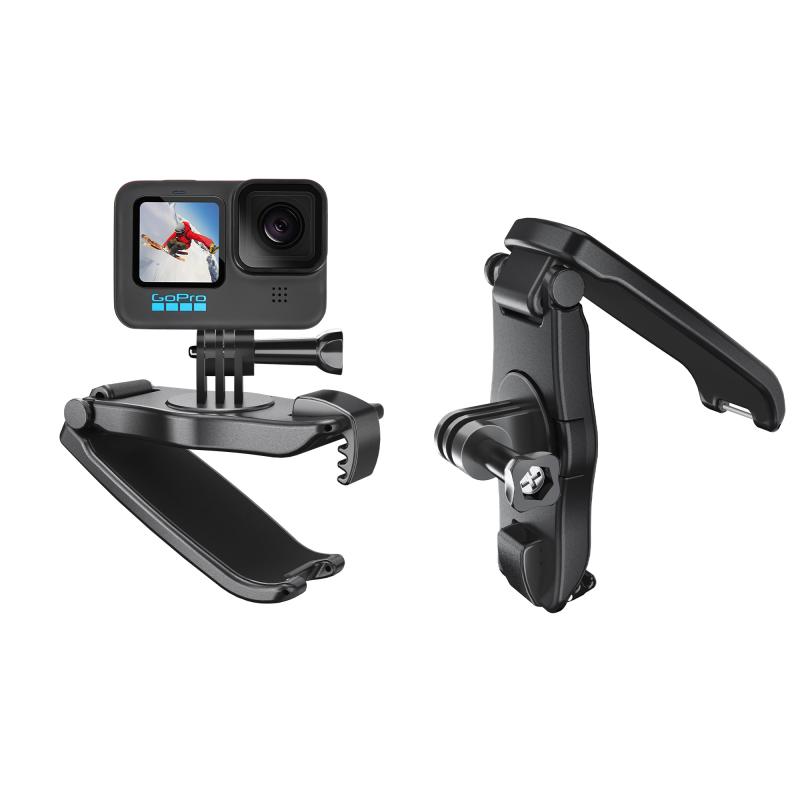
2、 Cross-body strap: Worn diagonally across the body for added stability.
How to wear a camera strap has evolved over the years, with different styles and techniques emerging. One popular method is the cross-body strap, which is worn diagonally across the body for added stability.
To wear a cross-body camera strap, start by attaching one end of the strap to the camera's strap lugs. Then, drape the strap across your body, from one shoulder to the opposite hip. Adjust the length of the strap so that the camera rests comfortably at your hip, allowing easy access to the camera while keeping it secure.
The cross-body strap offers several advantages. Firstly, it distributes the weight of the camera evenly across your body, reducing strain on your neck and shoulders. This is particularly beneficial when carrying heavier camera equipment for extended periods. Additionally, the diagonal positioning of the strap provides added stability, minimizing camera movement and reducing the risk of accidental drops.
In recent years, there has been a growing trend towards using cross-body straps with quick-release mechanisms. These allow photographers to detach the camera from the strap quickly, providing more flexibility in shooting situations. Some straps also feature additional pockets or attachment points for accessories like lens caps or memory card holders, further enhancing convenience.
Ultimately, the choice of how to wear a camera strap depends on personal preference and shooting style. However, the cross-body strap remains a popular option for its stability, comfort, and ease of use.

3、 Wrist strap: Attached to the wrist for secure handling.
How to wear a camera strap has evolved over the years, with different options available to suit individual preferences and shooting styles. One popular choice is the wrist strap, which offers secure handling and easy access to the camera.
To wear a wrist strap, simply attach it to your camera's strap lugs or tripod socket. Make sure it is securely fastened to avoid any accidents or drops. Once attached, slide your hand through the strap loop and tighten it around your wrist. This will ensure that the camera stays firmly in your hand, providing stability and reducing the risk of dropping it.
The wrist strap is particularly useful for photographers who prefer to have their camera readily available at all times. It allows for quick and easy access to the camera, making it ideal for street photography or situations where you need to capture a fleeting moment.
In recent years, there has been a shift towards more ergonomic and comfortable wrist strap designs. Manufacturers have introduced padded wrist straps with adjustable lengths to cater to different hand sizes and preferences. Some wrist straps also feature quick-release mechanisms, allowing you to detach the camera from the strap easily when needed.
Additionally, wrist straps now come in a variety of materials, including leather, nylon, and neoprene. These materials offer durability and comfort, ensuring that the strap can withstand regular use and provide a pleasant shooting experience.
Overall, wearing a camera strap, specifically a wrist strap, is a personal choice that depends on your shooting style and comfort. It provides a secure and convenient way to handle your camera, allowing you to focus on capturing the perfect shot without worrying about dropping your gear.

4、 Shoulder strap: Worn over the shoulder for comfort and convenience.
How to wear a camera strap has evolved over the years, with different styles and preferences emerging. One popular way to wear a camera strap is the shoulder strap, which is worn over the shoulder for comfort and convenience.
To wear a shoulder strap, start by adjusting the length of the strap to a comfortable position. The strap should be long enough to allow the camera to hang at your preferred height, but not so long that it becomes cumbersome. Once adjusted, slide one end of the strap through the camera's strap lugs or attachment points, and secure it tightly.
Next, drape the strap over your shoulder, allowing the camera to hang comfortably at your side. The weight of the camera should be evenly distributed across your shoulder, reducing strain and fatigue. Adjust the strap as needed to find the perfect balance.
The shoulder strap offers several advantages. It allows for quick and easy access to the camera, as it hangs by your side, ready to be grabbed and used at a moment's notice. It also keeps the camera secure and close to your body, minimizing the risk of accidental drops or damage.
In recent years, there has been a growing trend towards using camera straps that offer additional features and functionality. Some straps now come with padding or ergonomic designs to provide extra comfort during long shoots. Others have built-in pockets or attachment points for accessories like lens caps or memory card holders, adding convenience and practicality to the strap.
Ultimately, how you wear your camera strap is a matter of personal preference. The shoulder strap remains a popular choice for many photographers due to its comfort and accessibility. However, it's always worth exploring new options and considering the latest innovations in camera strap design to find the best fit for your needs.
